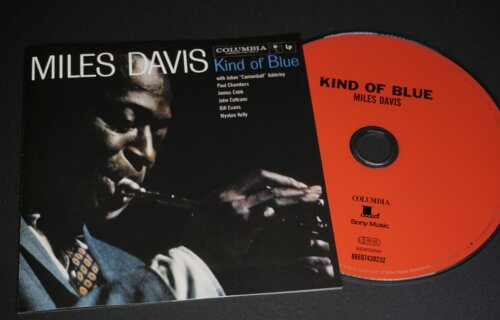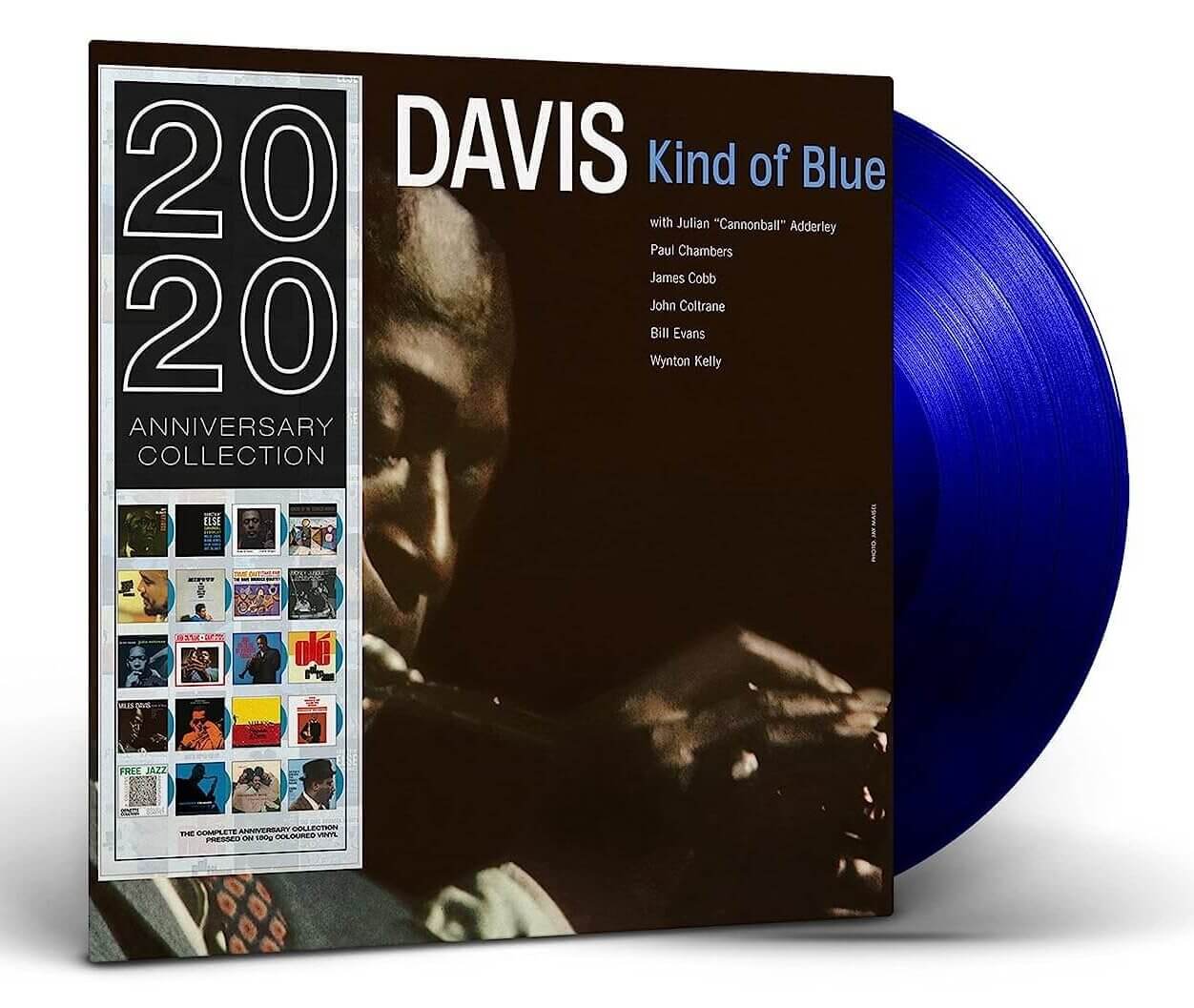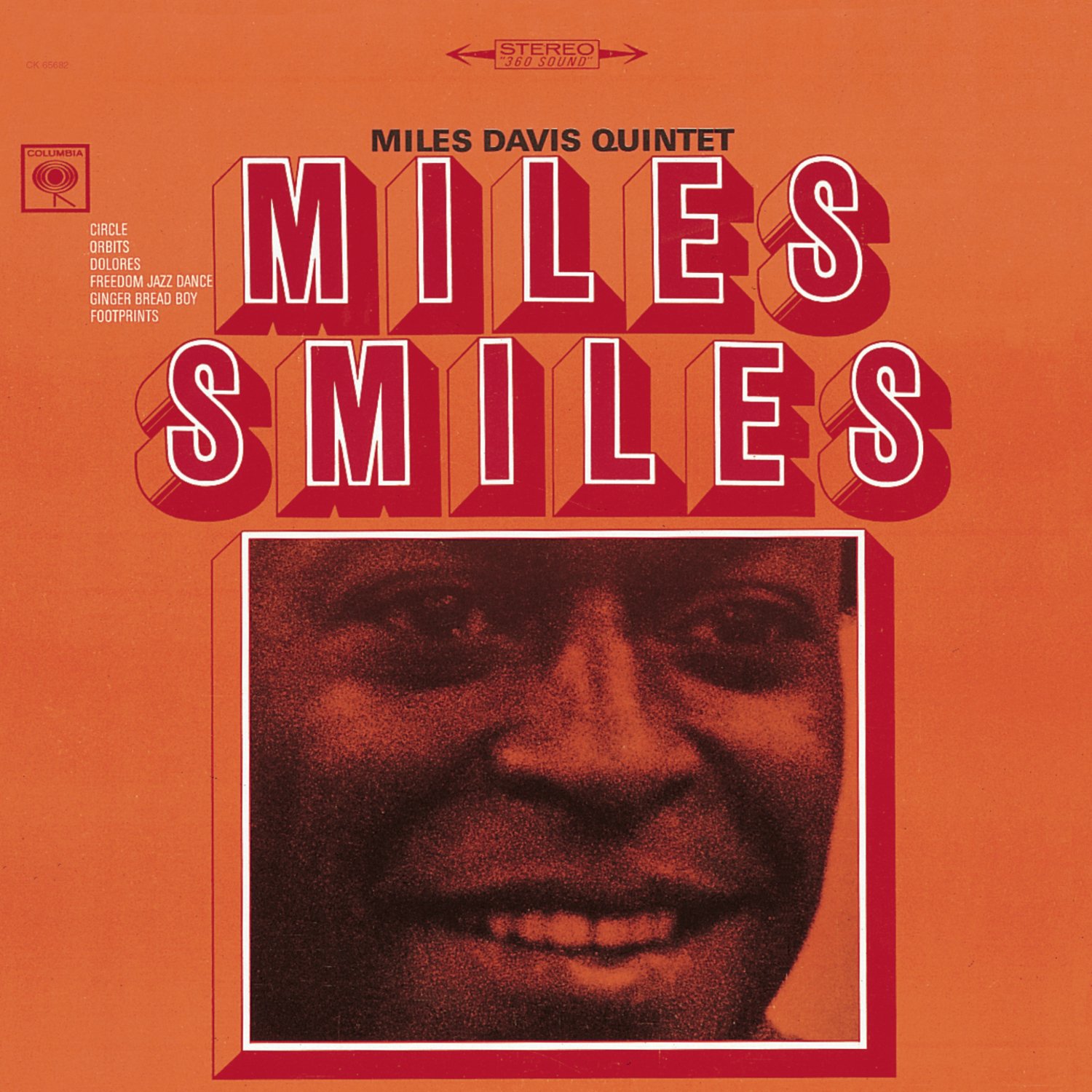Miles Dewey Davis III was a trumpeter, band leader, composer, and an icon of American music. His interpretations of sound and the evolving nature of music left behind a legacy that few have ever matched. Discovering the Miles Davis discography reveals a treasure trove of sound. For fans new and old, we turned to our sources to discover the best Miles Davis albums of all time to listen to next.
Miles Davis is undoubtedly an irreplaceable musician in the world of jazz music. With the unique style of this maestro, choosing the best Miles Davis albums is no easy feat. That’s why we consulted with 10 music review websites to come away with the consensus on his best work. Let us know your favorites in the comments below!
➡️ How Our “Best Of The Best” Lists Are Created
StudyFinds’ “Best of the Best” articles are put together with the idea of taking the work out of common consumer research. Ever find yourself searching for a product or service on Google and reading multiple reviews to find items listed across many of them? Our Best of the Best lists are created with that process in mind, with each item ranked by how frequently it appears on expert reviews or lists. With Best of the Best, you are getting consensus picks — making them truly the best of the best!
The List: Best Miles Davis Albums, According to Fans
1. “Kind of Blue” (1959)
“Kind of Blue” is a 45+ minute two-sided vinyl album, and widely considered to be one of Davis’s best efforts. Though “Kind of Blue” has only five tracks on it, this stunning album has a well-respected legacy. “Five first takes, all exquisite masterpieces too melodic to slip so easily into the background, and a ‘first touch’ presides over each creative sensibility; it’s like that tingly feeling of walking barefoot on a wet sidewalk. The key-shift… evokes a series of time-lapsed images of figures walking through light rain, leaving blurring trails of drizzly shadow,” says Rate Your Music.
“Revered by pundits and fans, radiating an enduringly contemporary sound, and with un-jazz-like sales of 4 million plus at the last count, Kind of Blue – the 1959 session recorded in just a few hours and with minimal rehearsal – changed the way listeners and practitioners everywhere heard and made music. The Milestones band, with John Coltrane and Cannonball Adderley on saxes, was the core, with the graceful pianist Bill Evans added, and the use of modes rather than song chords throughout gave the music an ethereal, free-associative spaciousness that draws new audiences to jazz to this day,” adds The Guardian.
“Perhaps the most popular jazz album of all time had no follow up. None. That’s because each of the main featured players—Miles, Coltrane, Adderley and Bill Evans—went in entirely different directions immediately after. Miles would go on to his next great quintet that reinvented jazz yet again. Bill Evans would put his head down and explore the piano trio format for the rest of his life. Cannonball would bring gospel and soul into modern jazz. And Coltrane? Well, he ascended to heights that few at that time could have imagined,” shares WBGO.org.
2. “Miles Smiles” (1966)
This carefully orchestrated album leans into heavy experimentation with unusual time signatures as well as an all-new roster of backup musicians. “The group had totally changed, with the exception of Davis, from the players on the previous decade’s group of Quintet albums. The players — Wayne Shorter, Herbie Hancock, Ron Carter and Tony Williams — were a part of the avant-garde scene of the early to mid-’60s… And there’s arguably no better band to represent what that period was all about than Miles Davis’ Second Great Quintet,” according to NPR.
“The rhythm section here is exceptional. Pushing through the veil of what was expected by listeners, they perceived and presented pulse in an innovative way. The metric modulation from measure to measure continues to astound even today. With that as the backing, a soloist could have broken their horn in half and still delivered a great solo,” adds Vinyl Me Please.
“The dynamic between the quintet’s musicians is awesome, and there’s an undeniable energy to the sessions that’s infectious, though it’s certainly a step away from some of the more melody-heavy material from earlier in Davis’ career… opening track ‘Orbits,’ penned by Wayne Shorter, takes the listener on the aural equivalent of a roller-coaster ride, with the quintet launching into one of the most invigorating tracks of their tenure,” explains Treble.
3. “Birth of Cool” (1949)
“Birth of Cool” is a collection of recordings that took place over three sessions during 1949 and 1950. “The album is considered a key early example of the cool jazz sub-genre, and it features some of Davis’s most famous compositions, such as ‘Jeru’ and ‘Move.’ The album’s relaxed and understated sound is a precursor to the cool jazz style that would become popular in the 1950s, and it has influenced countless musicians in the years since its release. Offers Jazz Valley.
Put simply, “The first of Davis’ radical revisions of jazz. Pulling back the reins on bop’s freneticism, Davis loosens the music with lyricism and spaciousness,” writes Rolling Stone.
“It features an unusually large band (Nine people) for the style of music Miles was playing at the time. This album was one of the first to be called ‘Cool Jazz,’ because unlike the big, danceable sound of swing, and the fast-paced sound of bebop, this new music was slower, quieter, and more relaxed,” according to Vinyl Revinyl.
4. “On The Corner” (1972)
This highly divisive album was panned by critics at the time of its release only to become appreciated in later years for its complexity and unique approach. “A controversial flop at the time of its release, ‘On The Corner’ has become one of Miles Davis’ touchstone albums in the four decades since. A unique and unprecedented swirl of free jazz, funk, and electronic music (when that genre barely existed), wrapped in a bright yellow sleeve depicting blaxploitation cartoon characters, it’s as assaultive as it is brilliant,” explains Stereogum.
“[On The Corner] is the album of his that pissed off fans most. But here’s why it did: ‘On the Corner’ is a funk album. It’s not a funk album like ‘The Meters,’ or like ‘Funkadelic’ even, though they’re a much closer analogue. It’s Miles’ own dirty, nasty and raw take on funk, and even among his wilder fusion records, it’s in a category of its own,” offers Treble.
Stated briefly, “Davis’ attempt to compete in the same market as Sly Stone and others he admired brought forth deep street funk cut with African and Indian textures,” according to Rolling Stone.
5. “Porgy and Bess” (1959)
This album is Davis’s interpretation of Gershwin’s classic opera. “George Gershwin’s folk opera is probably the greatest work in American classical music… Miles and Gil Evans shuffle the songs, and their only unequivocal improvement on Gershwin is ‘Prayer (Oh Doctor Jesus)’, with its thrumming clarinet choir that evokes a stifling humidity lingering to an array of fire escapes,” writes Rate Your Music.
“It’s based on a musical by George and Ira Gershwin that’s basically a folk opera… which allows Davis to basically ‘sing’ the songs with his horn… And given that the songs often take bluesy or modal forms, they’re very much in his wheelhouse, so he pretty much knocks it out of the park,” explains Stereogum.
“A beautiful makeover of the Gershwin opera – give or take a little shaky section playing in the under-rehearsed band – with Miles’s trumpet soaring over a Gil Evans-arranged orchestra. His exhortations over the shouts of the band on ‘Prayer,’ and his supple, gliding solo on ‘Summertime’ are standouts,” explains The Guardian.
You might also be interested in:
Sources
Note: This article was not paid for nor sponsored. StudyFinds is not connected to nor partnered with any of the brands mentioned and receives no compensation for its recommendations. This article may contain affiliate links in which we receive a commission if you make a purchase.







My favorite: Round Midnight